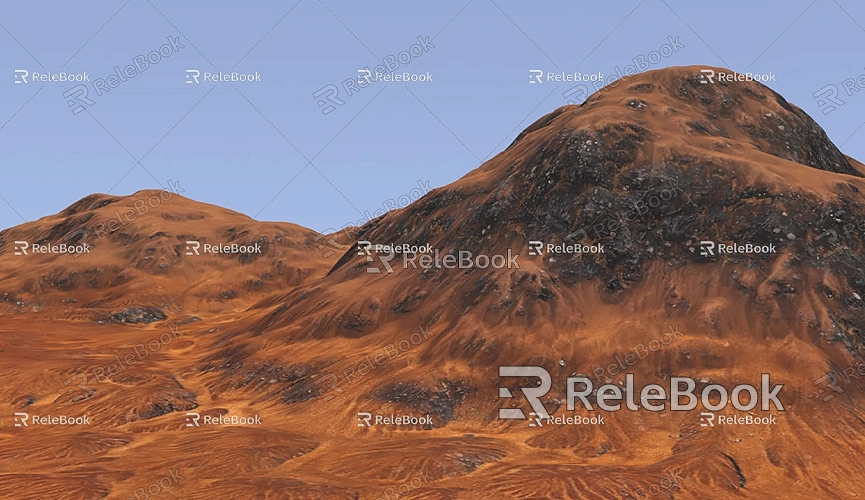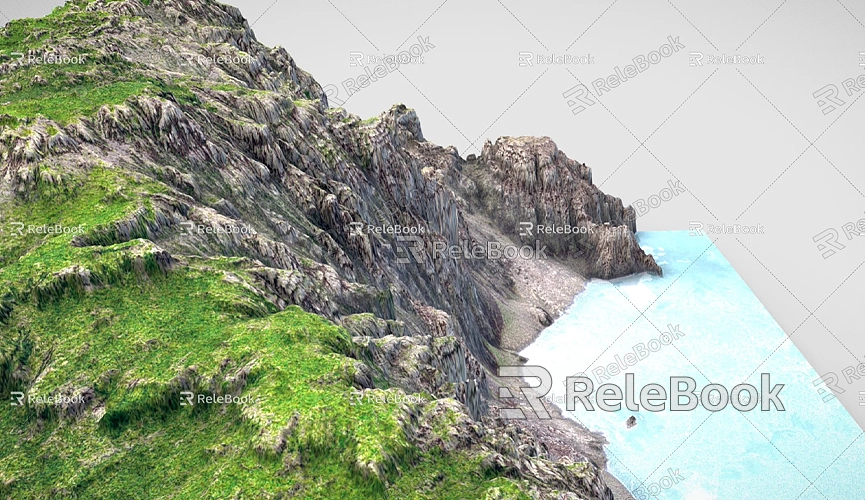How to import sketchup model in google earth
Importing SketchUp models into Google Earth is a common need across various fields, including architectural design, urban planning, and landscape design. This process allows designers to showcase their work in 3D and integrate it seamlessly with real-world geographic environments, providing an immersive and visually compelling experience. By importing SketchUp models into Google Earth, designers can share their ideas on a global scale or evaluate how their designs interact with real-world geography. For professionals, this capability is an essential tool, particularly when demonstrating or assessing projects within larger geographic contexts.
This guide outlines the detailed steps to import SketchUp models into Google Earth, enabling designers to bring their 3D creations into expansive geographic settings and achieve a seamless connection between design and geospatial data.

Why Import SketchUp Models into Google Earth?
SketchUp is a powerful and user-friendly 3D modeling software widely used in architecture, interior design, and urban planning. On the other hand, Google Earth is an application that integrates global satellite imagery, maps, and geographic data, allowing users to explore the world’s environments, structures, and natural landscapes.
By importing SketchUp designs into Google Earth, designers can visualize their models in real-world geographic contexts. This enhances the model’s visual appeal and effectiveness in presenting projects, making them more compelling and persuasive.
Moreover, this process helps identify potential issues, such as the scale, placement, and compatibility of the model with its surroundings. Through Google Earth, designers can enable team members, clients, or the public to better understand the design intent and compare it directly with real-world conditions, facilitating project evaluation and refinement.
Exporting SketchUp Models to KMZ File Format
To import a SketchUp model into Google Earth, you need to export it as a KMZ or KML file. These formats are natively supported by Google Earth and are designed to display models clearly within the application. KMZ files are compressed versions of KML files, typically including the model’s geometry, textures, and coordinate data.
Steps to Export a SketchUp Model as KMZ:
1. Prepare the Model and Set Geolocation
Complete the model design in SketchUp and ensure it is correctly aligned with the intended geographic location. To accurately position your model in the real world, use the geolocation feature in SketchUp. If unsure about the location, open Google Earth to find the coordinates of your target site and input them into SketchUp.
2. Export the Model
- Go to the File menu in SketchUp and select Export.
- Choose the option for exporting as a KML/KMZ File.
3. Configure Export Options
- Decide whether to include textures and materials. Including textures is often crucial for achieving realism and detail in the model.
- Verify that the scale and units of the model are set correctly to ensure compatibility with Google Earth.
4. Save the KMZ File
- Choose a destination folder and save the exported file. The KMZ file is now ready to be imported into Google Earth.
Importing Models into Google Earth
Once the KMZ file is exported, importing it into Google Earth is a straightforward process:
1. Open Google Earth and Locate the Target Site
Use the search bar to find the specific location where you want to display the model, or manually navigate the map to the desired area.
2. Import the KMZ File
- Open the File menu and select Open.
- Locate the KMZ file you exported from SketchUp and click Open. Google Earth will automatically load the file and position the model at the specified geolocation.
3. Adjust and Review
- Use Google Earth’s zoom, rotate, and pan tools to examine the model from different perspectives.
- If the model includes multiple components, Google Earth allows you to toggle visibility for individual elements, making it easier to manage complex designs.
With the model integrated into the real-world environment, designers can achieve a more dynamic and impactful visualization.
Optimizing Models in Google Earth

After importing the model, Google Earth provides additional tools to optimize and enhance the presentation:
- Scaling and Placement: Adjust the model’s size and position to ensure it aligns perfectly with the surrounding environment.
- Environmental Testing: Use Google Earth’s historical imagery or weather layers to analyze how the model interacts with different conditions, such as lighting or seasonal changes.
- Animations and Flythroughs: Create dynamic visualizations by setting paths and flight trajectories around the model. This feature allows designers to showcase the model’s details in a cinematic and engaging manner.
Tips for Improving Export Quality
1. Simplify the Model:
While SketchUp supports complex designs, overly intricate models may cause performance issues during export and display. Simplify unnecessary details and reduce the number of polygons to improve performance.
2. Optimize Textures and Materials:
Google Earth can display basic textures, but overly complex or high-resolution textures may not render properly. Simplify textures for optimal results.
3. Ensure Accurate Geolocation:
Properly setting the model’s coordinates ensures it appears in the correct location within Google Earth. Verify the geolocation settings before exporting.
4. Adjust Units and Scale:
Incorrect units or scaling can distort the model’s appearance. Double-check these settings during the export process to maintain accuracy.
5. Layer Management:
For complex models, export different parts as separate layers. Google Earth supports layered displays, which makes managing and visualizing intricate designs easier.
Conclusion
Importing SketchUp models into Google Earth enables designers to seamlessly connect their creations with real-world geographic data, enhancing the visual and practical evaluation of their projects. By exporting models as KMZ files, designers can easily integrate them into Google Earth and view them from multiple perspectives. This workflow significantly improves the visualization of designs and aids in the assessment and refinement of projects.
For enhanced creativity and realism in your designs, you can explore high-quality 3D textures and HDRI files at [Relebook Textures](https://textures.relebook.com/). Additionally, [Relebook 3D Models](https://3dmodels.relebook.com/) offers a vast collection of premium 3D assets to elevate your designs, making your SketchUp and Google Earth projects even more impressive and detailed.

